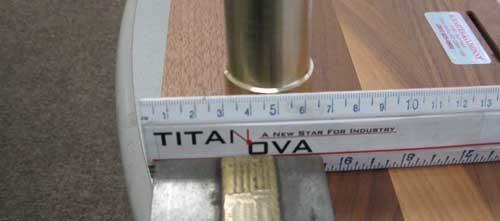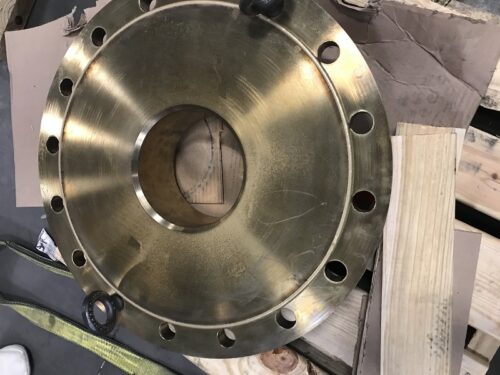A Joining Process
Brazing is a joining process whereby a non-ferrous filler metal or alloy is heated to melting temperature above 800 °F (425 °C ) and distributed between two or more close-fitting parts by capillary action. At its liquid temperature the molten filler metal and flux interacts with a thin layer of the base metal, cooling to form an exceptionally strong, sealed joint due to grain structure interaction. Certain metals, such as CuAg (Copper-Silver alloy), have a low temperature eutectic. This leads to the bonding of the two metals at a point that can be substantially lower than their respective melting temperatures. The brazed joint becomes a sandwich of different layers, each metallurgically linked to the adjacent layers.
Laser Brazing
Laser brazing is a process in which the heat source is replaced by a laser, allowing for a localized heat application and further reducing energy costs and part distortion. Titanova, Inc. offers unique services of brass welding, laser brazing and laser soldering. The diode laser has a unique wavelength and beam shape that enables welding of brass, brazing of silver or copper based brazing alloys. This wavelength and a line shaped beam enables wire feeding of silicon bronze (CuSi) wire. The long beam can only produce conduction mode weld which “wets out” the weld producing excellent braze bead profiles. The largest obstacle for electric arc welding brass and CuSi bronze, wire feed braze welding of zinc-coated steels is the zinc fuming and fouling of electrode. Titanova, Inc.’s unique laser and welding cell design eliminates this concern, allowing for a robust and repeatable process.
Applications
- Galvanized sheet metal goods
- Brass to copper welding
Benefits
- Can laser weld brass or bronze parts
- Non-plasma process
- Enables in-situ quality monitoring
- Can weld brass and zinc-coated steels
- Significantly reduces splatter
- Reduced zinc fuming and sooting
- Fouling of MIG/TIG not an issue
- Robust production
- Lower heat input
- Faster brazing process




